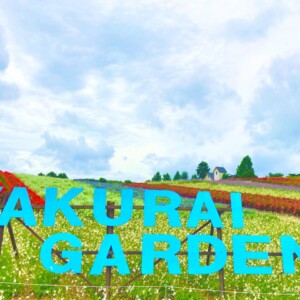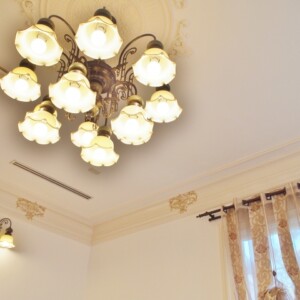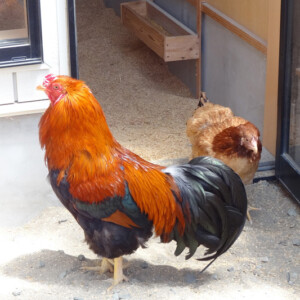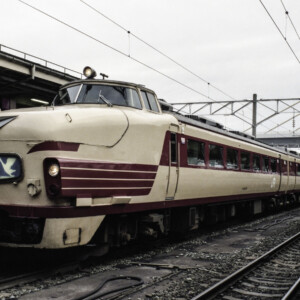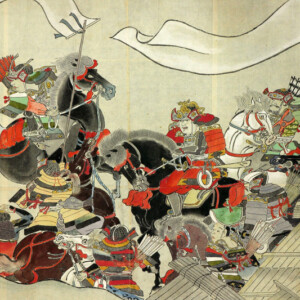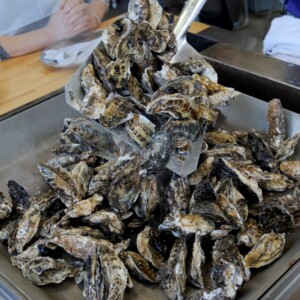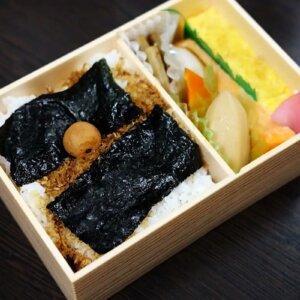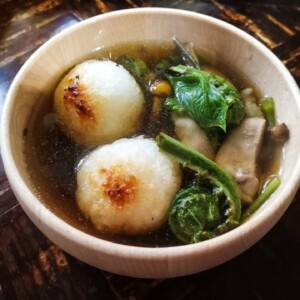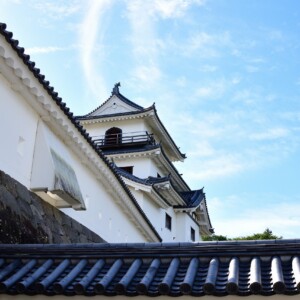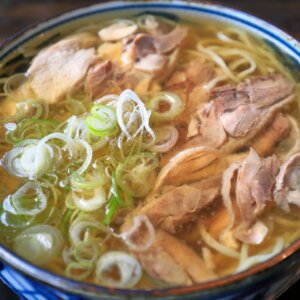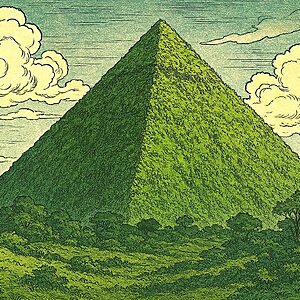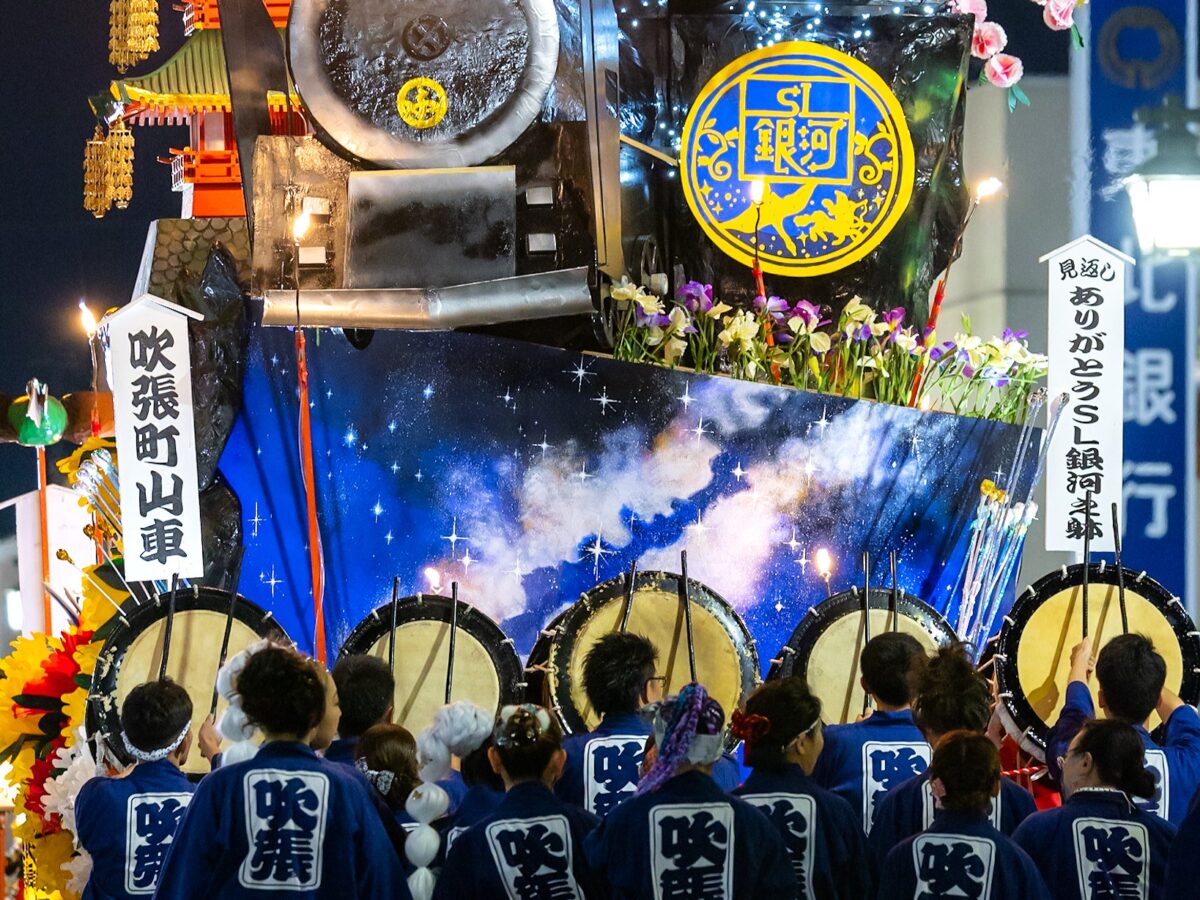
[Recommended Autumn Festival: Iwate Edition 1] Let's go and see the gorgeous, elegant floats created by citizens!
table of contents
- 1 When does the "Autumn Festival" start and end?
- 2 What is the definition of festival?
- 3 Morioka Autumn Festival (Morioka City: September 12th to 16th)
- 4 Hanamaki Festival (Hanamaki City: September 13th to 15th)
- 5 Kuji Autumn Festival (Kuji City: September 19th to 22nd)
- 6 summary
- 7 Autumn Festival Series of the Six Tohoku Prefectures
Autumn festivals in the northern region of Iwate Prefecture are characterized by many festivals in which colorfully decorated floats, such as warrior dolls and decorative curtains, are paraded through the city.
Additionally, when the floats are in operation, local children play the leading role in playing music, allowing you to enjoy performances that give you a sense of the uniqueness of each region.
In this article, we will introduce three autumn festivals in northern Iwate Prefecture, Morioka, Hanamaki, and Kuji, as well as B-class gourmet food from these areas.
When does the "Autumn Festival" start and end?
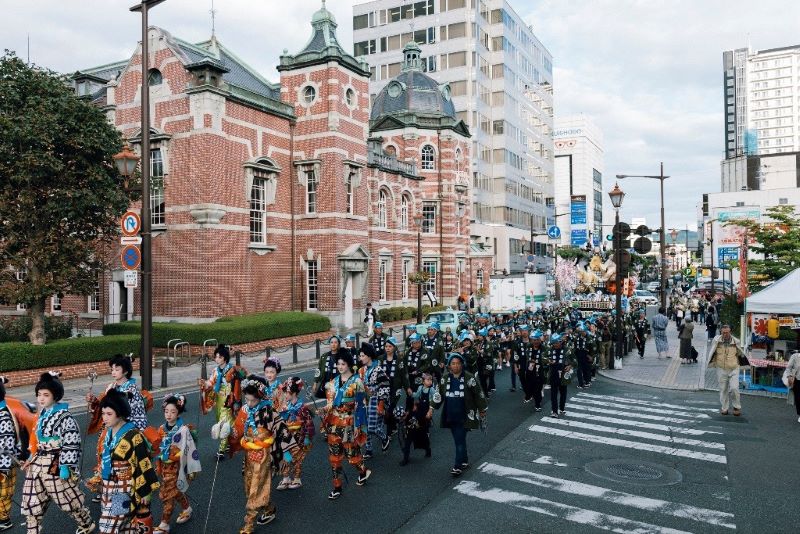
According to the calendar, the ``Ritshu'' of the 24 solar terms runs from August 7th to the day before the ``Risshu'' of November 7th, and if this is applied to Tohoku, it would be the end of the summer festivals held in various places in early August. It's autumn.
This article introduces festivals held from August 7th to November as ``Autumn Festivals'' according to the calendar.
What is the definition of festival?

The definition of "matsuri" listed on Wikipedia is "the act (ritual) of worshiping the gods, Buddha, and ancestors for the purpose of gratitude, prayer, or solace."
On the other hand, there are ``music festivals'' and ``harvest festivals,'' which are different from the festivals held at shrines and other shrines, which have a long history and tradition, and these events where you can enjoy music and taste are also considered festivals in a broader sense.
Morioka Autumn Festival (Morioka City: September 12th to 16th)
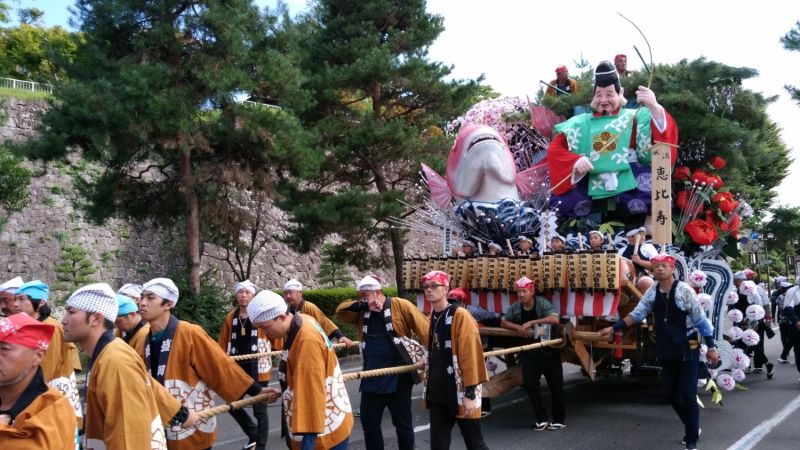
The Morioka Hachiman Shrine Reitaisai, the guardian deity of Morioka, is a festival that colors Morioka's fall.In addition to the gorgeous festival floats moving through the city accompanied by music, Shinto rituals such as yabusame are held.
On September 14, 1709 (Hoei 6), to celebrate the completion of the construction of the town of the Nanbu domain, the townspeople dedicated elaborate emblems called chojirushi to Morioka Hachimangu Shrine. It is said that this festival began when people paraded around the castle grounds for days.
What is Morioka Dashi?
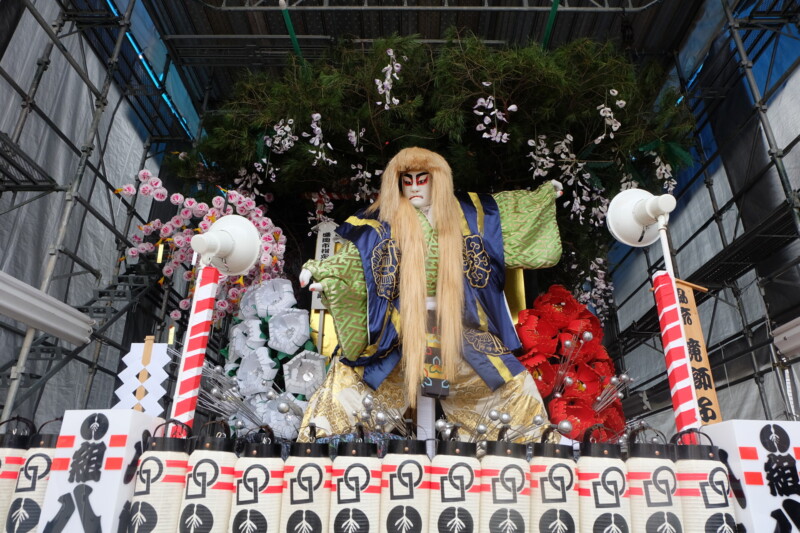
There are many festivals in Iwate Prefecture that operate Furyu Dashi floats carrying figures of warriors, Kabuki actors, etc., and they are sometimes collectively called Nanbu-Ryu Furyu Dashi '' or `` Morioka Dashi
The decorations on the front of the float are called `` Furyu ,'' and the titles are powerfully masculine expressions of famous scenes from Kabuki and history.The back side, called Migaeshi has feminine titles such as Fuji Musume A doll can be placed on it.
There are multiple small drums at the front of the float and multiple large drums at the back, and the beaters ride on the floats and beat them.
The floats, operated by each fire department (firefighting group), are paraded through Morioka City by around 200 pullers, accompanied by music played on drums and the unique chant of Yare Yare! .
Morioka Dashi Ondo raising the sound
Dashi floats traveling through the city often stop, and at this time they sing a ``Nanbukiyari'' chant to
The content of the ondo is an explanation of the dolls on the floats, and is sung in the form of haiku 7, 7, 7, 5,
As the festival approaches, the sounds of practicing ondo and ohayashi music from the fire brigade stations and other places can be heard throughout the city, and it is one of Morioka's autumn traditions.
What are the highlights of the Morioka Autumn Festival?
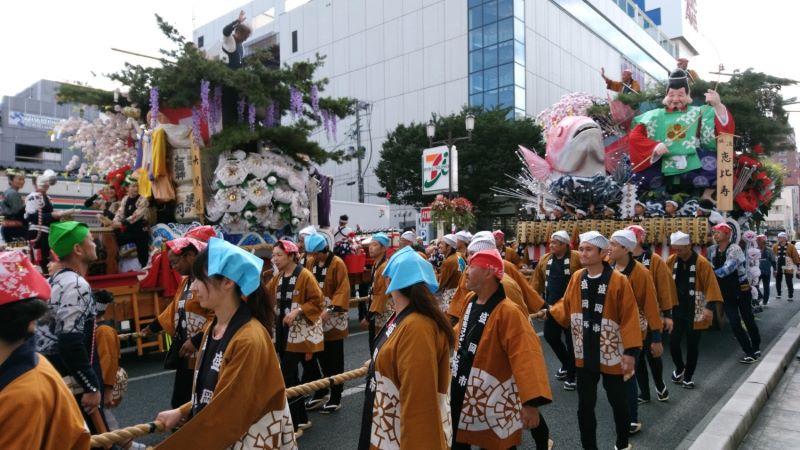
At this year's fall festival, nine floats will be paraded through Morioka City.
There are 25 participating groups in Morioka City, including 19 fire department groups and 6 clubs, but only a few groups participate every year, and some groups only participate once every three or five years, so this year there are 9 festival floats. It's a stand.
Dashi floats will be operated in each town from the 14th to the 16th, and on the afternoon of the 14th they will be held from Hachimangu Shrine to Yawatacho Street, and on the 15th they will be held together in the `` Dashi Emaki Parade '' at Morioka Castle Ruins Park, Odori Shopping Street, etc. It will be operated.
The spectacular joint parade of nine floats is a must-see.
Also, on the 16th, an impressive yabusame (Yabusame) performance will be held at the horse field within the grounds of Hachimangu Shrine, which is also considered a highlight.
Morioka Autumn Festival<Information>
- Name: Morioka Autumn Festival (Morioka Hachiman Shrine Annual Festival)
- Event period: September 12th to September 16th every year (Thursday to Sunday in 2024)
- Venue: Morioka City (Morioka Hachiman Shrine, Main Street, etc.)
- Contact information (dashi operation, etc.): Morioka Tourism and Convention Association
- Phone number: 019-621-8800 (Weekdays 9:00-17:00, except the second Tuesday of the month)
- URL: Morioka Tourism and Convention Association Official Website
- Contact information (about Hachimangu Shrine Festival, Yabusame): Morioka Hachimangu Shrine
- Phone number: 019-652-5211
- URL: Morioka Hachimangu Shrine official website
GOOGLE MAP
What is Iwate Prefecture's soul food "Hitsumi"?
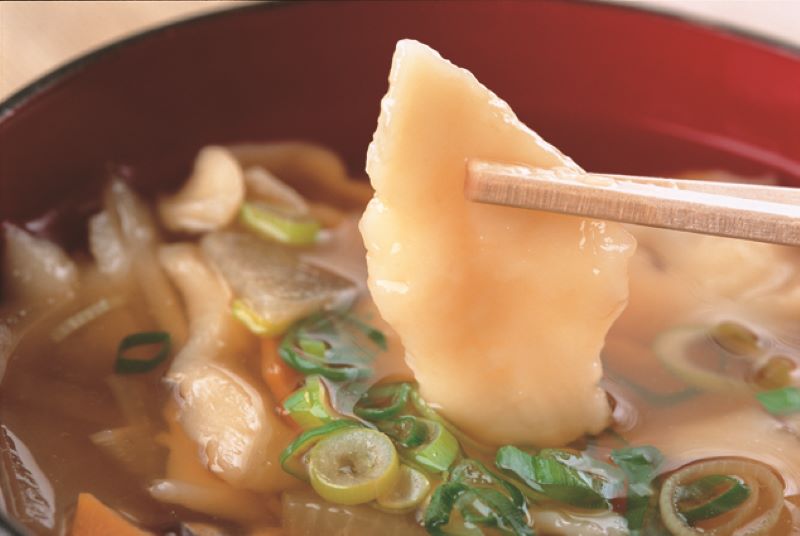
This dish is made by breaking up chunks of wheat flour by hand, placing them in a pot filled with soy sauce-flavored soup, and boiling them with chicken and vegetables.It is similar to so-called ``suiton,'' but it has a firmer texture.
In Iwate Prefecture, it is commonly called Hitsumi it is sometimes called Hatto
The size, shape, and hardness of the chunks, as well as the ingredients and seasoning vary not only by region, but also by the restaurants and households where it is served, making it a unique local dish that can be enjoyed in a variety of flavors.
Hitsumi<Information>
Hanamaki Festival (Hanamaki City: September 13th to 15th)
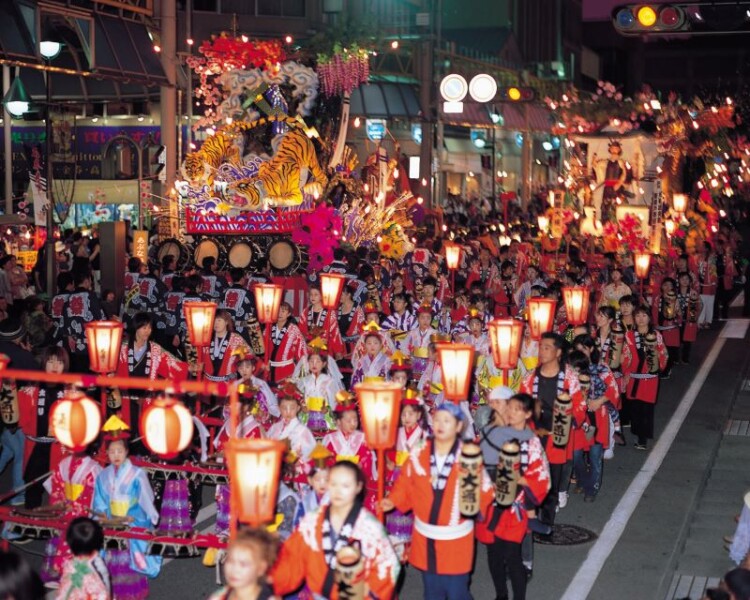
The annual festival of Toriyazaki Shrine, which is said to be the guardian deity of Hanamaki, is an autumn festival where you can enjoy a gorgeous float parade that is a bit different from the Morioka floats, and a mikoshi parade that has been recognized by the Guinness World Records.
Kagura Gongenmai Enbu Shishiodori Enbu , which are held along the roadside where the parade is held, are also popular attractions.
On the final night of the festival, floats and mikoshi float freely out into the festival plaza, reaching a climax, and all participants perform the Sanbonjime (Otejime) ceremony, followed by fireworks.
Furyu Dashi, in which Kenji Miyazawa was deeply involved
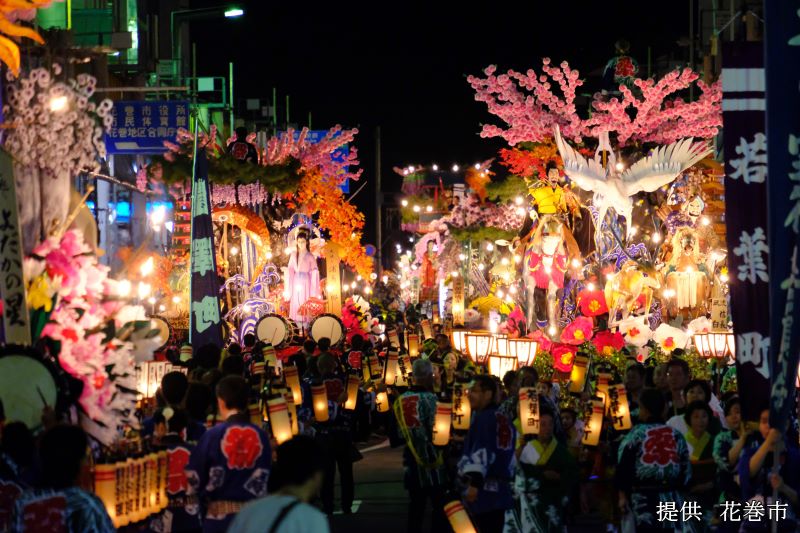
The 12 floats made by citizens are made to look like ``Ikebana'', and the ``Furyu'' on the front is a famous scene from a samurai or kabuki play, like the others, while the ``Mikakue'' on the back is a decoration based on a fairy tale by Kenji Miyazawa. It is said that there are many.
It is unusual that acetylene gas lamps are used instead of light bulbs to light up the floats when they operate at night, and the flickering of the flames brings out the beauty of the float decorations.
What is Hanamaki Hayashi?
there are two types of music: procession music, which is played when the floats are moving, tarihayashi , which was revived in 1974 after being discontinued for a while
the Hanamaki Bayashi Odori Parade which dances to this music , and before the festival, three general practice sessions and a practice session for beginners are held.
The world's largest mikoshi parade
Hanamaki used to have many sake breweries, and it is said that working young people would make portable shrines out of sake barrels and carry them while drinking sake, and the unique way of carrying the portable shrines in a zigzag procession or rotation is said to be a remnant of that time.
In 2015 (Heisei 27), 114 mikoshi (portable shrines), including children's mikoshi, participated, and the event was certified in the Guinness Book of World Records as ``More than 100 mikoshi performed in one place for more than 5 minutes.'' I did.
Groups such as shopping districts and companies, mainly mikoshi enthusiast groups, participate with their own mikoshi, and the Hanamaki Chamber of Commerce and Industry publicly recruits participating organizations every year.
Hanamaki Festival<Information>
- Name: Hanamaki Festival
- Event period: Second Friday to Sunday in September every year, September 13th to September 15th in 2024
- Venue: Kamimachi “Omatsuri Hiroba” etc.
- Contact: Hanamaki Festival Executive Committee Secretariat (Tourism Division)
- Phone number: 0198-41-3542
- URL: Hanamaki City Hall official website
"Hanamaki Burger" aims to be Hanamaki's B-class gourmet food
The Hanamaki Burger, which was created in 2008, is a healthy burger that uses a meatless patty made from okara and konnyaku, sandwiched between Hanamaki-grown vegetables and Hanamaki-baked buns.
The conditions for calling it " Hanamaki Burger It uses more than the specified amount of Hanamaki-produced ingredients ," " It's cooked in Hanamaki City ," and " It's made in collaboration with four or more companies in Hanamaki City ." There are three.
This local healthy burger packed with vegetables is currently attracting attention as Hanamaki's new B-class gourmet food.
Hanamaki Burger<Information>
Kuji Autumn Festival (Kuji City: September 19th to 22nd)
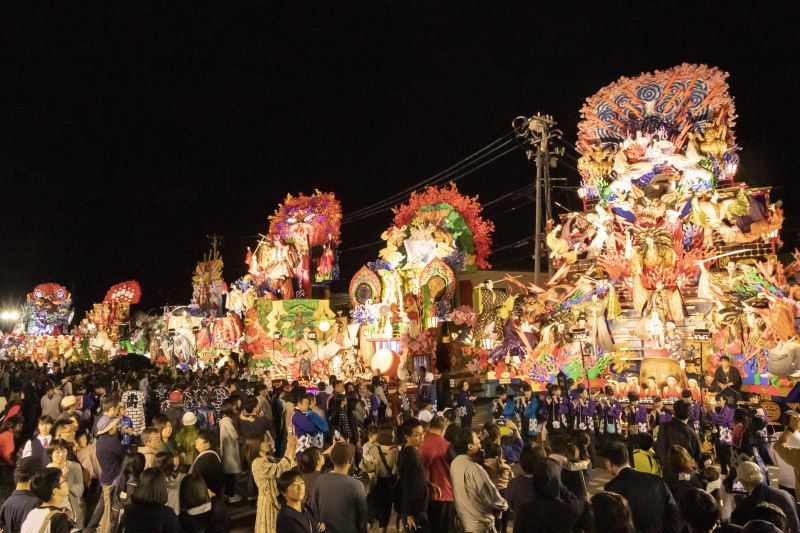
The festival is said to have its origins over 650 years ago, and is a festival in which handmade floats are paraded through Kuji City as a festival for the three shrines of Daijingu, Akiba Shrine, and Tatsumiyama Shrine.
The floats will be paraded on the city's main streets on the 20th and on the final day of the festival, and on Chunichi , local performing Nanya Doyara will be held.
The 19th is also known as the eve festival, where floats and mikoshi floats are brought out to the plaza in front of Kuji Station, and you can enjoy the festival float competition.
Eight floats created by the Dashi troupe with elaborate designs.
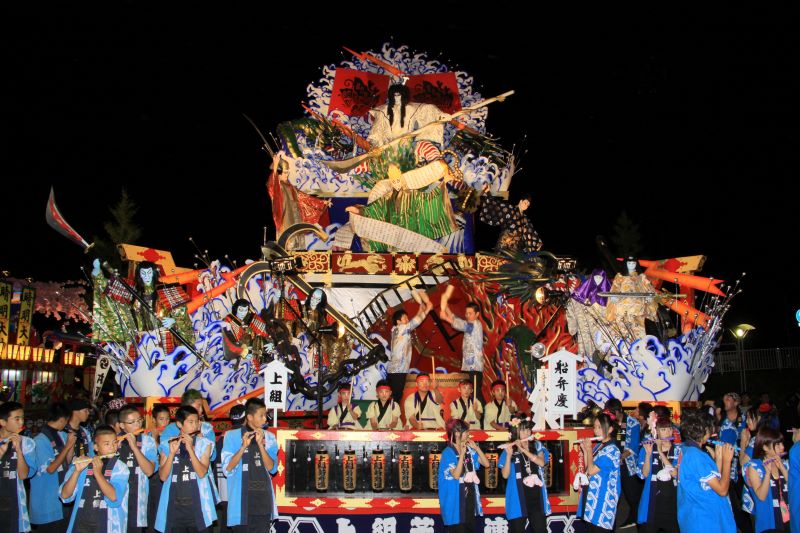
In the past, the floats were borrowed from the Sansha Taisai Festival in Hachinohe City, Aomori Prefecture, but in recent years, float groups have started making their own floats, giving a different feel to the Morioka floats and the Hanamaki floats. .
The floats are always on display at `Roadside Station Kuji Yamase Dofukan
Kuji Autumn Festival<Information>
- Name: Kuji Autumn Festival
- Event period: September 20th (Friday) to September 22nd (Sunday), 2024 (September 19th is the eve)
- Venue: Kuji city center, etc.
- Contact: Kuji Autumn Festival Executive Committee (Kuji City Tourism and Products Association)
- Phone number: 0194-66-9200
- URL: Kuji City Tourism and Products Association Official Website
Roadside Station Lottery/Yamase Dofukan <Information>
- Name: Roadside Station Lottery Yamase Dofukan
- Location: 2-5-6 Nakamachi, Kuji City, Iwate Prefecture
- Phone number: 0194-66-9200 (Kaze no Yakata/Tourist Exchange Center)
- Business hours: 9:00-19:00 (until 18:00 from November to March)
- URL: Roadside Station Lottery Yamase Dofukan Official Website
Google Map
Is mamebu soup a side dish? Or a snack?
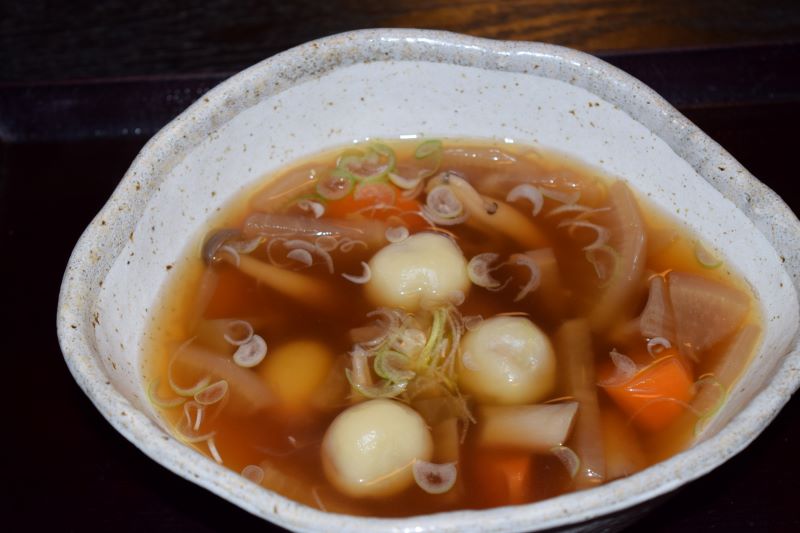
Mamebu , a flour dumpling filled with walnuts and brown sugar , is a traditional dish from the mountainous town of Yamagata, which merged with Kuji City, and is eaten by simmering vegetables and fried tofu in a kelp and dried sardine soup stock. It's a local dish.
the NHK drama series " Ama-chan " as a food that is "sweet and salty, so you can't tell whether it's a side dish or a snack."It is now known as Kuji's B-class gourmet food.
Mamebu soup<Information>
summary
The floats that are pulled around at the Morioka, Hanamaki, and Kuji autumn festivals introduced in this article each have a different atmosphere, which can be clearly seen by comparing the festivals at these three autumn festivals.
What they all have in common is that they are handmade by members of the groups that operate the floats, rather than being made by specialized craftsmen like Aomori's Nebuta.
Why not take a close look at the gorgeous floats that are created by carefully reusing dolls and other accessories on a limited budget?









![[Recommended Autumn Festivals: Aomori Edition] Introducing the Aomori autumn festivals and local gourmet food! Aomori Autumn Festival Catch](https://jp.neft.asia/wp-content/uploads/2024/08/5113a23dc13b4a4879e8916209d8913c-150x150.jpg)
![[Recommended Autumn Festivals: Akita Edition] 3 History and Traditional Akita Autumn Festivals Akita Catch](https://jp.neft.asia/wp-content/uploads/2024/08/979a38324ff45520e274bdc0cee6df5e-150x150.jpg)
![[Recommended Autumn Festivals: Yamagata Edition] Enjoy Yamagata's delicious autumn festival! 28_Shinjo Festival 1](https://jp.neft.asia/wp-content/uploads/2024/08/6ddf3aad6f42cace23ad41df9274d5da-150x150.jpg)
![[Recommended Autumn Festival: Miyagi Edition] The Date family's majestic atmosphere and music overflowing with the city's city, coloring autumn. Osaki Hachimangu Shrine Catch](https://jp.neft.asia/wp-content/uploads/2024/08/9e204fe4c2c09b329434245a83d1679a-1-150x150.jpg)
![[Recommended Autumn Festival: Fukushima Edition] Autumn in Fukushima is a warrior line and fight festival! Fukushima Catch](https://jp.neft.asia/wp-content/uploads/2024/08/cb34bf6367937424774a9fc363549068-150x150.jpg)
![[Recommended Autumn Festival: Iwate Edition 2] Iwate's Autumn Festival changes the festival as things change Yamada Festival 1](https://jp.neft.asia/wp-content/uploads/2024/08/93985b628047baf771f379c252348c65-150x150.jpg)
